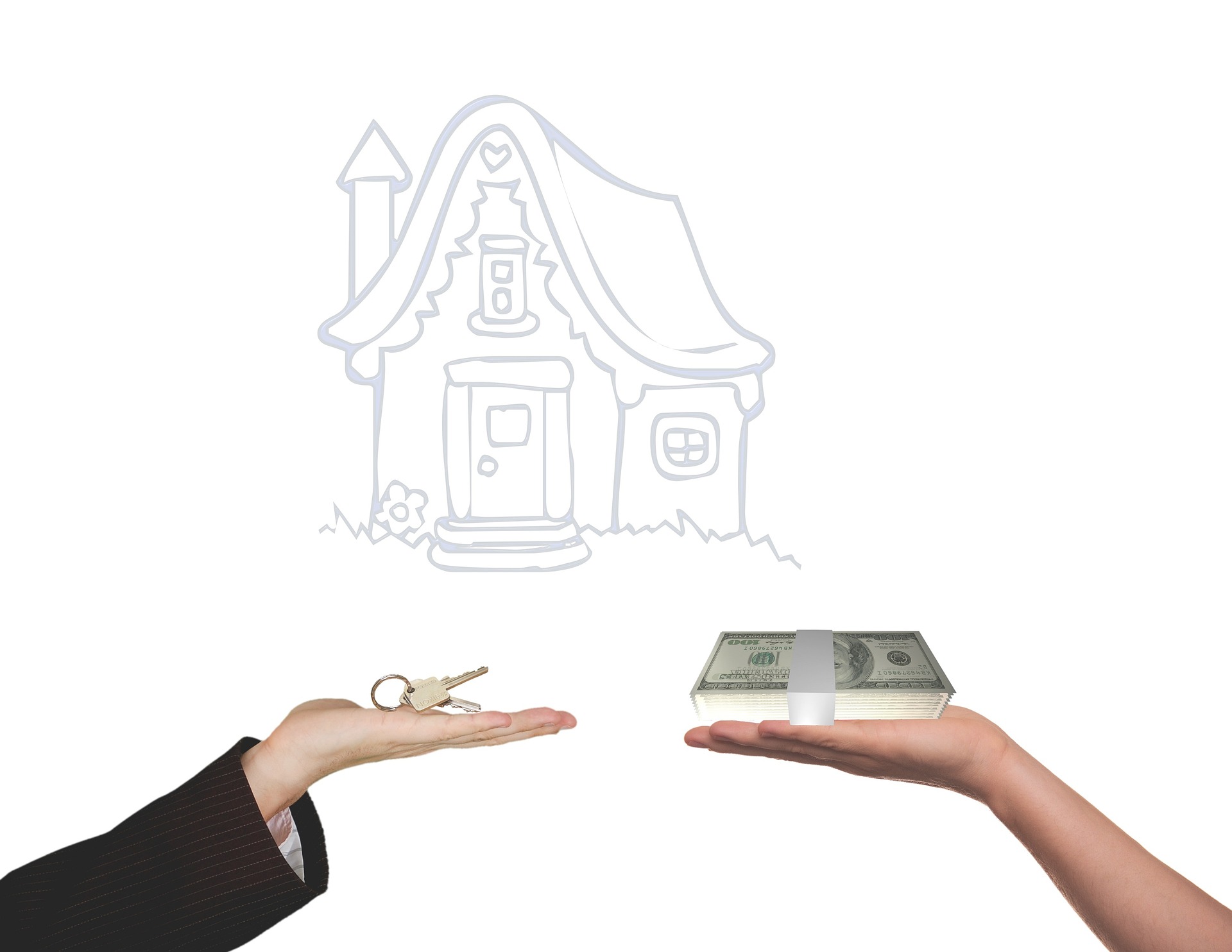Understanding Reverse Mortgages: A Comprehensive Guide for 2025
A reverse mortgage can be a powerful financial tool for homeowners aged 62 and older, offering a way to tap into home equity without selling or moving. This unique loan option allows seniors to convert a portion of their home's value into tax-free cash, providing financial stability during retirement. As the population ages, understanding reverse mortgages becomes increasingly important for those seeking to maintain their quality of life and manage expenses in their golden years.
Understanding the Basics of Reverse Mortgages
Reverse mortgages work by allowing homeowners to borrow against their home’s equity without making monthly mortgage payments. Instead, the loan becomes due when the borrower sells the home, moves out, or passes away. This arrangement can provide a steady stream of income or a lump sum payment, depending on the borrower’s needs and preferences. It’s important to note that homeowners must continue to pay property taxes, insurance, and maintain the home to keep the loan in good standing.
Eligibility and Requirements for Reverse Mortgages
To qualify for a reverse mortgage, homeowners must meet specific criteria. The primary borrower must be at least 62 years old and have significant equity in their home. The property must be the borrower’s primary residence and meet Federal Housing Administration (FHA) standards. Additionally, potential borrowers are required to attend a HUD-approved counseling session to ensure they fully understand the terms and implications of the loan.
Benefits of Choosing a Reverse Mortgage
One of the main advantages of a reverse mortgage is the flexibility it offers in terms of payment options. Borrowers can choose to receive funds as a lump sum, fixed monthly payments, a line of credit, or a combination of these options. This flexibility allows seniors to tailor the loan to their specific financial needs and goals. Moreover, reverse mortgages are non-recourse loans, meaning that if the home’s value decreases, the borrower or their heirs are not responsible for paying the difference.
Potential Drawbacks and Considerations
While reverse mortgages can provide financial relief, they also come with potential drawbacks. The loan balance grows over time as interest accrues, which can significantly reduce the equity in the home. This may impact the borrower’s ability to leave an inheritance or move to a different property in the future. Additionally, fees associated with reverse mortgages can be higher than those of traditional mortgages, making it essential for borrowers to carefully consider the long-term implications.
Navigating the Reverse Mortgage Landscape
When considering a reverse mortgage, it’s crucial to shop around and compare offers from different lenders. Interest rates, fees, and loan terms can vary significantly between providers. Borrowers should also be aware of the different types of reverse mortgages available, including the Home Equity Conversion Mortgage (HECM), which is insured by the Federal Housing Administration and offers additional protections. It’s advisable to consult with a financial advisor or housing counselor to determine if a reverse mortgage aligns with your overall financial strategy.
Comparing Reverse Mortgage Options
To help you make an informed decision, here’s a comparison of reverse mortgage options from reputable providers:
| Provider | Product | Features | Estimated Costs |
|---|---|---|---|
| American Advisors Group (AAG) | HECM | Fixed and adjustable rates, lump sum or line of credit | Origination fee: Up to $6,000, Closing costs: 2-5% of home value |
| Finance of America Reverse | HomeSafe | Proprietary jumbo reverse mortgage, higher lending limits | Origination fee: Up to $6,000, Closing costs: Varies |
| Reverse Mortgage Funding | HECM | Flexible payment options, no mortgage insurance required for some products | Origination fee: Up to $6,000, Closing costs: 2-5% of home value |
| Liberty Reverse Mortgage | HECM | Fixed and adjustable rates, no upfront fees for some products | Origination fee: Up to $6,000, Closing costs: 2-5% of home value |
Note: Costs are estimates and may vary based on individual circumstances. Always conduct independent research and consult with a financial advisor before making a decision.
In conclusion, reverse mortgages can be a valuable financial tool for eligible homeowners seeking to enhance their retirement security. By tapping into home equity, seniors can access funds to cover living expenses, healthcare costs, or simply improve their quality of life. However, it’s crucial to carefully weigh the benefits against the potential drawbacks and consider how a reverse mortgage fits into your overall financial plan. With proper research and guidance, a reverse mortgage can provide the financial stability many retirees seek, allowing them to age in place and enjoy their retirement years with greater peace of mind.
The shared information of this generated article is up-to-date as of the publishing date. For more up-to-date information, please conduct own research.





